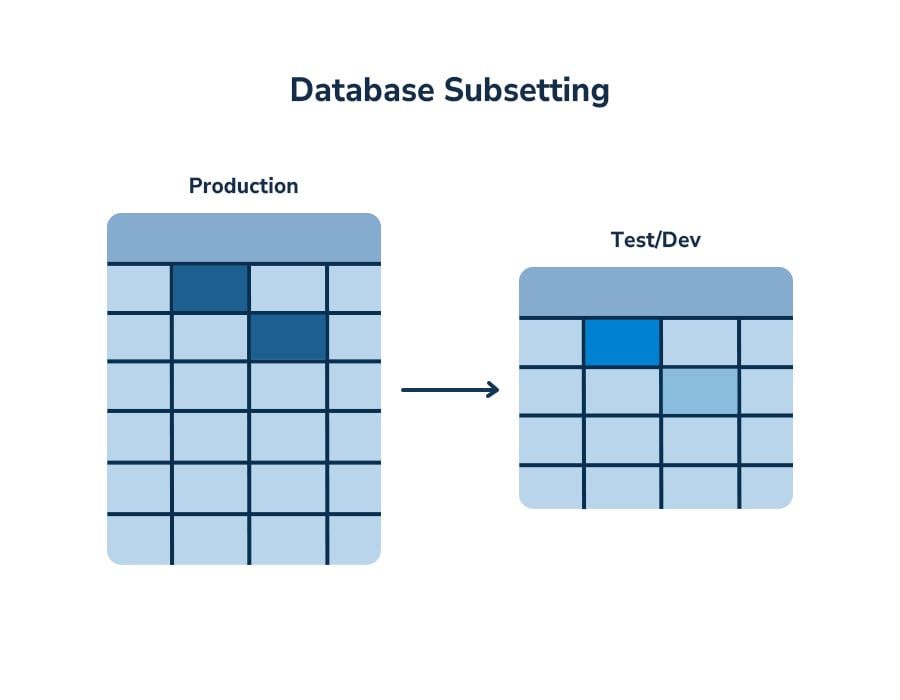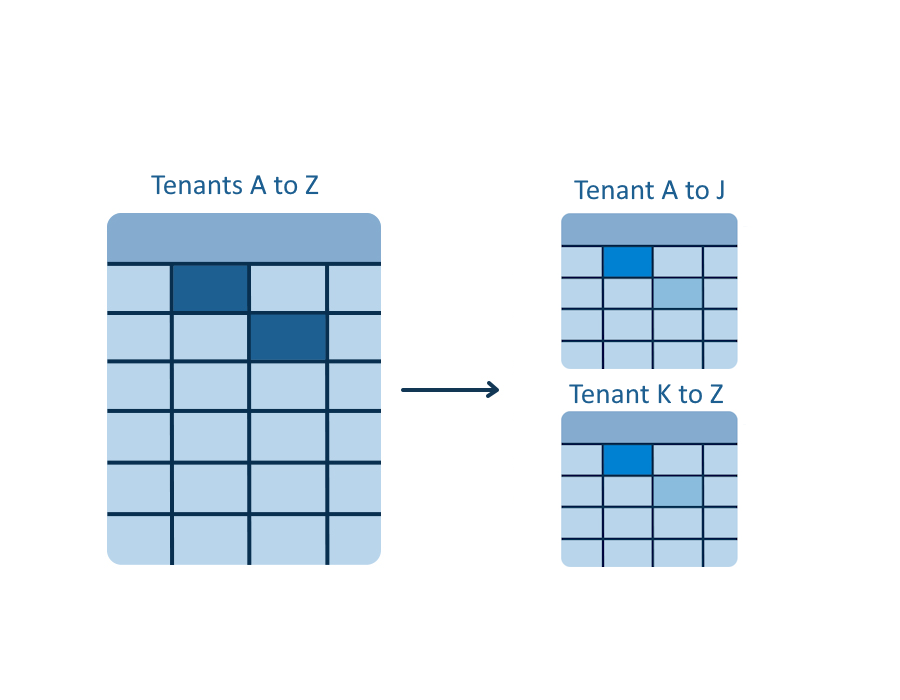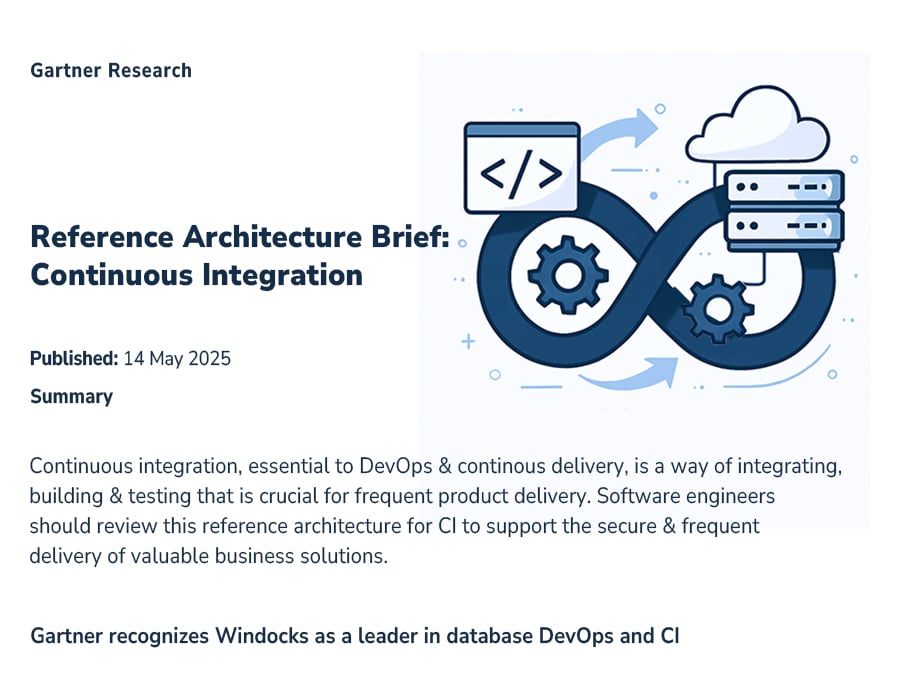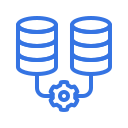Relational Database and Warehouse Subsetting
A subset is smaller than the source database, with a subset of rows from each
table while retaining primary and foreign key relationships.
Database subsetting is complex due to several challenges:
-
When selecting a subset of rows from a table, you must also get the rows of related tables.
-
A relational constraint may be on multiple columns (Composite keys). In this case a subset requires rows of related tables using the multiple column constraint.
-
Some tables may have no foreign key columns but may have other tables that have foreign keys referencing the table.
-
Cyclical dependencies. Table A has a foreign key to table B and table B has a foreign key back to table A.
Windocks solves these challenges with a simple visual interface. Start by specifying a percent of the source database size, with or without bias controls, and delivery to the same or different database instance. Windocks subsetting does not write to the source database (the one being subsetted).


Managing multi-tenant databases
Subsetting based on tenant ID is a common use for Windocks Subsetter. A multi-tenant database may grow to a size that hinders performance. The easy solution is to divide the tenants into two (or more) databases, using tenant ID.
Subsets for lower level environments
Large databases and warehouses with lots of historical data benefit from being slimmed down for data science and analytics. The slimmed down databases are more easily provisioned for dev/test, ML, and predictive analytics. A smaller database also can be more easily data privacy protected, and poses a smaller overall security risk.

Windocks delivers 6 powerful capabilities

Database Cloning
Create writable copies of databases in seconds instead of hours. This enables fast development, testing, and analytics, helping teams work efficiently with full, realistic environments without impacting production systems.

SQL Server containers
Run multiple isolated SQL Server instances on a single machine using Docker Windows containers. This maximizes hardware utilization, simplifies testing and deployment, and provides great support for remote teams.
.png?width=60&height=60&name=database%20(2).png)
Data masking
Protect sensitive data by replacing Personally Identifiable Information (PII) like names, phone numbers, and addresses with synthetic data that is modeled to reflect source distribution. This ensures compliance with regulatory and enterprise policies, and exposure of real customer data.

Feature Data
Code free data aggregation, cleansing, and enriching from multiple sources to create “features” for Machine Learning and AI. Feature data enables advanced analytics and ML modeling, such as predicting fraudulent transactions, improving decision-making, and driving business outcomes.

Single source of truth
Combine data from multiple databases into a unified “feature data table.” This provides accurate, consolidated information across systems, eliminates duplication, and ensures consistent reporting for analytics, compliance, and business intelligence needs.

Database subsetting
Reduce large databases to smaller, targeted datasets while maintaining all key relationships and integrity between tables. Subsetting helps accelerate testing, minimizes storage requirements, and protects sensitive information during development activities.